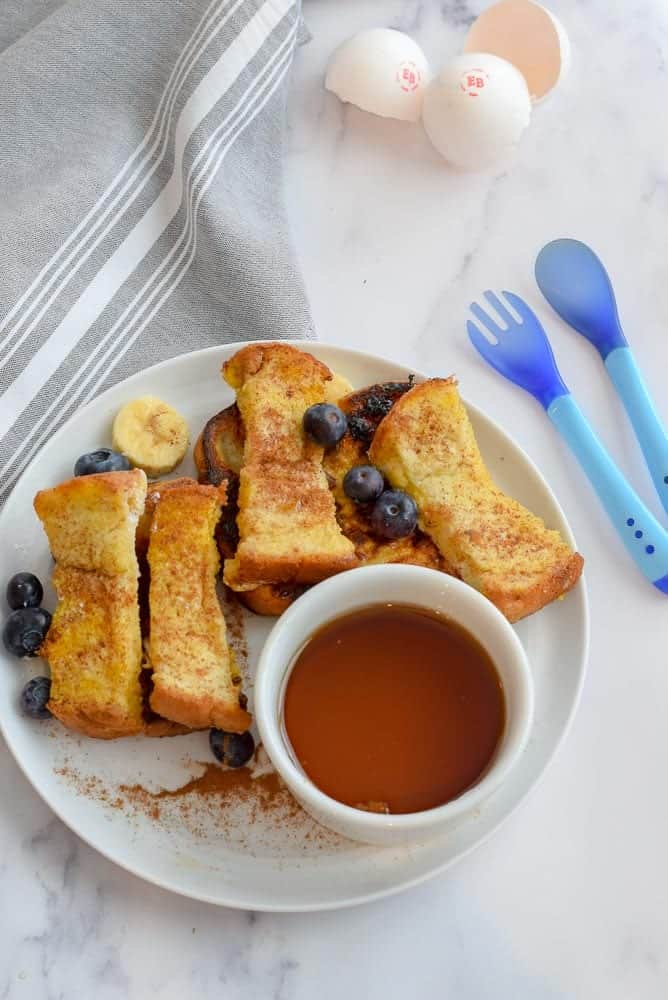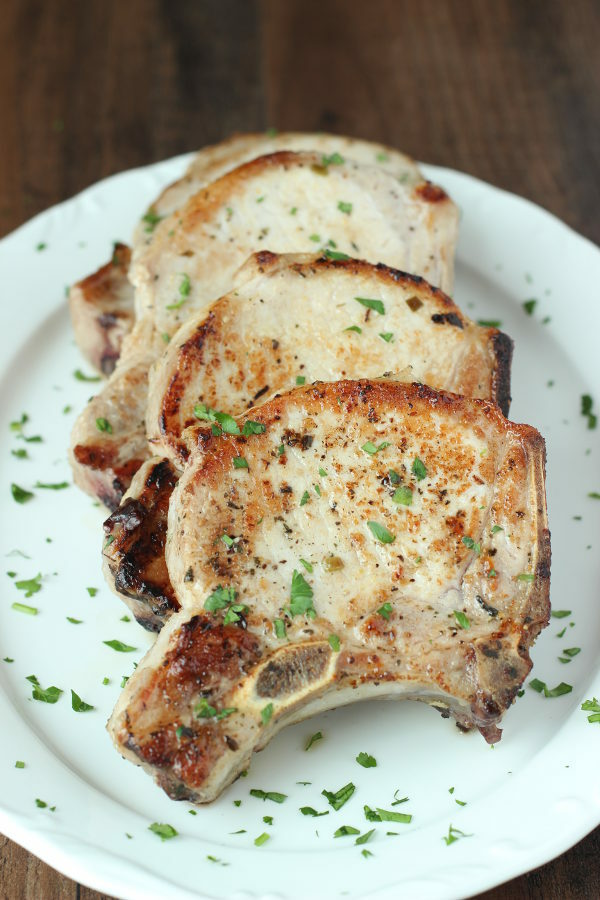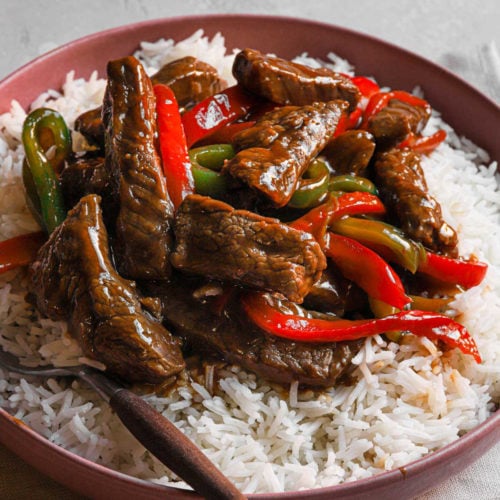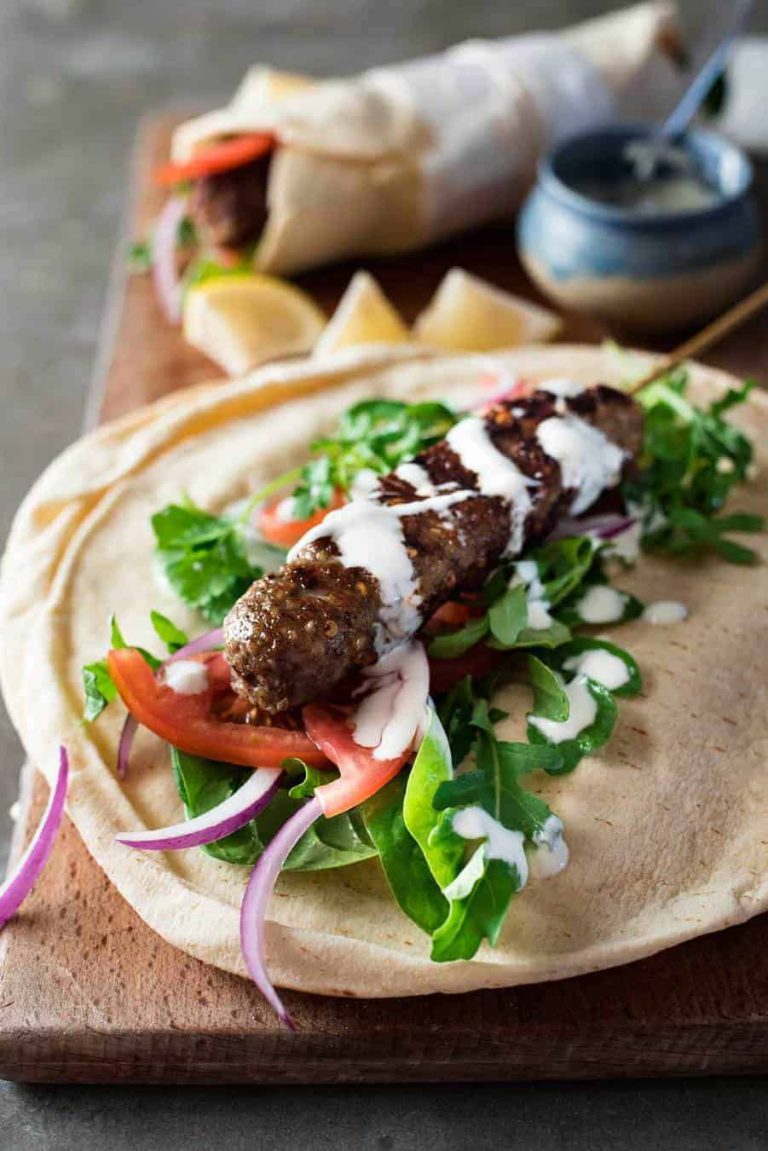Cinnamon Toast: History, Recipes, and Health Benefits
Cinnamon has been used in cooking for thousands of years, originating from Sri Lanka and the Malabar Coast of India. Ancient Egyptians utilized cinnamon as part of their embalming process and for medicinal purposes. Romans also recognized cinnamon’s value, often using it as a luxury spice in their cuisine. Cinnamon’s warmth and sweet flavor became essential in various global dishes, influencing how it’s paired with other ingredients.
Evolution of Toasted Bread Snacks
Toasted bread snacks have roots in ancient times when bread was a staple food. In medieval Europe, toasting bread was a way to preserve and enhance its flavor. Adding sweeteners like honey became common among the wealthy. By the 18th century, using sugar and spices like cinnamon on toast became popular in American colonies. Cinnamon toast further evolved through the 19th and 20th centuries, becoming a staple breakfast item in many households. Enhancements in food production and convenience foods solidified its place as a quick, flavorful breakfast option.
Ingredients and Preparation
Essential Components for Cinnamon Toast
Cinnamon toast requires a handful of basic ingredients:
- Bread: Choose your preferred type. White, whole wheat, and sourdough all work well.
- Butter: Unsalted butter offers control over sodium content, but salted butter is also an option.
- Sugar: Granulated sugar or brown sugar can be used, depending on your sweetness preference.
- Cinnamon: Ground cinnamon is essential for flavor.
- Optional Add-ons: Consider vanilla extract or a dash of nutmeg for added complexity.
- Prepare Ingredients: Gather bread, butter, sugar, and cinnamon. Soften the butter for easy spreading.
- Mix Sugar and Cinnamon: In a small bowl, combine sugar and cinnamon in a 4:1 ratio (4 parts sugar to 1 part cinnamon), adjusting to taste.
- Spread Butter: Evenly spread softened butter on each slice of bread, ensuring full coverage.
- Sprinkle Mixture: Generously sprinkle the sugar-cinnamon mixture over the buttered bread, covering the surface.
- Toast Bread: Place the prepared slices on a baking sheet. Use a preheated oven set to 350°F (175°C) or a toaster oven. Toast for 8-10 minutes or until edges are golden and sugar is caramelized.
- Serve Immediately: For the best experience, serve the cinnamon toast hot.
These steps ensure your cinnamon toast is flavorful and perfectly toasted with minimal effort.
Variations of Cinnamon Toast
Sweet Vs. Savory Options
Cinnamon toast usually leans sweet, featuring cinnamon sugar on buttered bread, yet savory options exist too. For sweet versions, add ingredients like vanilla extract, chocolate chips, or maple syrup for extra flavor complexity. Popular choices include:
- Classic: Butter, cinnamon, sugar
- Choco Delight: Chocolate spread, cinnamon, powdered sugar
- Fruit-Infused: Cinnamon, sugar, fresh berry slices
Savory variations swap sugar for elements like cheese, herbs, or spices. Examples include:
- Cheesy Twist: Butter, grated cheese, cinnamon
- Herb-Infused: Butter, mixed herbs, a hint of cinnamon
- Spicy Blend: Butter, a dash of chili powder, cinnamon
Innovative Twists by Popular Chefs
Popular chefs are reinventing cinnamon toast with unique twists. Some notable innovations include:
- Gordon Ramsay: Adds a caramel glaze made from honey and butter, topped with a sprinkle of sea salt.
- Martha Stewart: Incorporates raw sugar and pre-toast batches under a broiler for a crisp, sugary crust.
- Alton Brown: Suggests using brioche or challah bread for a richer, more decadent base, paired with a blend of brown sugar and cardamom.
- Nigella Lawson: Recommends spiced butter with ground ginger and nutmeg mixed with cinnamon, for a flavorful spread.
These creative approaches highlight the versatility and enduring popularity of cinnamon toast.
Health Benefits and Concerns
Nutritional Content of Cinnamon Toast
Cinnamon toast has ingredients that offer both benefits and considerations for your diet. A typical slice includes bread, butter, sugar, and cinnamon. These components combine to provide a balance of carbohydrates, fats, and a small amount of protein.
Here is a basic nutritional breakdown for one slice of cinnamon toast (values may vary):
| Nutrient | Amount |
|---|---|
| Calories | 150-200 |
| Carbohydrates | 25-30 grams |
| Sugars | 10-12 grams |
| Fats | 6-8 grams |
| Protein | 2-3 grams |
| Fiber | 1-2 grams |
Cinnamon itself adds health-promoting compounds like cinnamaldehyde, which offers anti-inflammatory and antioxidant properties. Butter provides essential fats and fat-soluble vitamins like A, D, E, and K.
Dietary Considerations and Allergies
When enjoying cinnamon toast, consider different dietary requirements and potential allergens.
- Gluten Sensitivity: Using gluten-free bread alternatives can make cinnamon toast suitable for those with celiac disease or gluten intolerance.
- Lactose Intolerance: Substitute regular butter with lactose-free or plant-based butter to make the recipe lactose-free.
- Sugar Content: For a lower-sugar option, replace refined sugar with alternatives like coconut sugar or stevia.
Be aware of potential allergens in conventional bread and butter, such as dairy, wheat, or soy. Always check ingredient labels to avoid adverse reactions if allergies are a concern.
By understanding these aspects, you can enjoy cinnamon toast while personalizing it to fit your dietary needs and preferences.
Serving and Pairing Ideas
Best Times to Enjoy Cinnamon Toast
Enjoy cinnamon toast at any time of day. It makes an excellent breakfast option due to its quick preparation and energy boost from carbohydrates. For brunch, it provides a sweet, aromatic addition. Serve it as a snack in the afternoon for a light pick-me-up. After dinner, it can double as a simple dessert when paired with a scoop of vanilla ice cream.
Complementary Drinks and Side Dishes
Pair cinnamon toast with drinks like coffee, tea, and milk to enhance its flavor. Coffee, whether black or with cream, complements the toast’s sweetness. Herbal teas like chamomile or peppermint offer a soothing balance. Milk, especially warm, increases the comfort factor.
Serve cinnamon toast with fresh fruits, yogurt, and scrambled eggs for a balanced meal. Fresh fruits, such as berries and sliced apples, add a refreshing contrast. Greek yogurt with a drizzle of honey complements the toast’s warmth. Scrambled eggs contribute protein, making the meal more satiating. If you prefer something savory, try adding a side of bacon or sliced avocado.
Conclusion
Cinnamon toast offers a delightful blend of history, flavor, and versatility. Whether you’re enjoying it as a quick breakfast, a comforting snack, or a decadent dessert, there’s no denying its universal appeal. By experimenting with different ingredients and preparation techniques, you can tailor this classic treat to suit your dietary needs and taste preferences. Pair it with your favorite beverage or side dish to elevate the experience. Embrace the joy of cinnamon toast and make it a staple in your culinary repertoire.






